Sometimes, the most significant historical discoveries aren’t made by professionals, but by ordinary people in unexpected situations. These accidental finds often reveal more about our past than years of dedicated research. Let’s explore some of the most incredible instances of serendipitous discoveries.
The Rosetta Stone: A Fortuitous Building Block
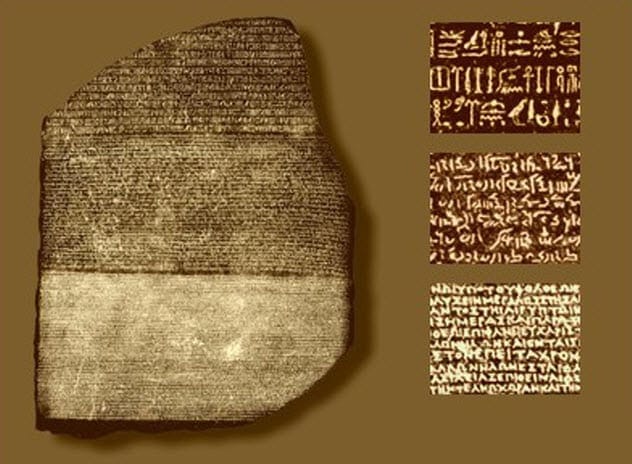
In 1799, Napoleon’s army was in Egypt not just for conquest, but also for exploration. Accompanying the troops were 167 scientists and artists tasked with studying the ancient culture. One day, a soldier discovered a stone slab while preparing to build a fort in Rosetta. This wasn’t just any stone; it was inscribed with writing in three languages: Greek, Egyptian hieroglyphic, and demotic. This Rosetta Stone became the key to deciphering Egyptian hieroglyphics, unlocking a wealth of ancient knowledge.
Ötzi the Iceman: Hiker’s Chilling Find
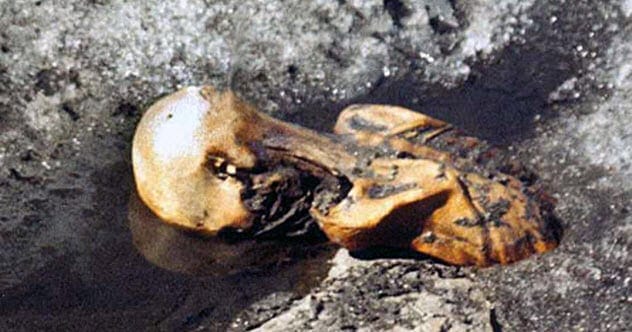
In 1991, two hikers in the Ötzal Alps stumbled upon something extraordinary. Taking a shortcut, they found the body of a man frozen in the ice. This wasn’t a recent death; it was Ötzi the Iceman, a perfectly preserved natural mummy from 3300 BC. Ötzi has provided invaluable insights into the life and times of prehistoric humans.
Dorothy Eady: Believing She Was an Egyptian Princess
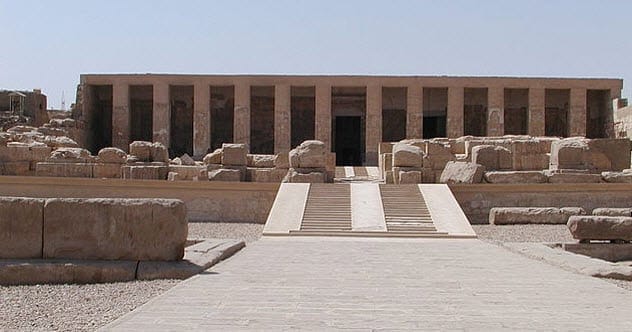
Dorothy Eady, also known as Omm Sety, had a profound connection to ancient Egypt since childhood. After a near-fatal fall at age three, she claimed to remember a past life in ancient Egypt. Moving to Egypt as an adult, she became convinced she was the reincarnated lover of Pharaoh Seti I. Her detailed knowledge and accurate predictions helped archaeologists discover the garden of the Temple of Seti I, contributing significantly to Egyptology.
Golden Seal Discovery by a Japanese Farmer
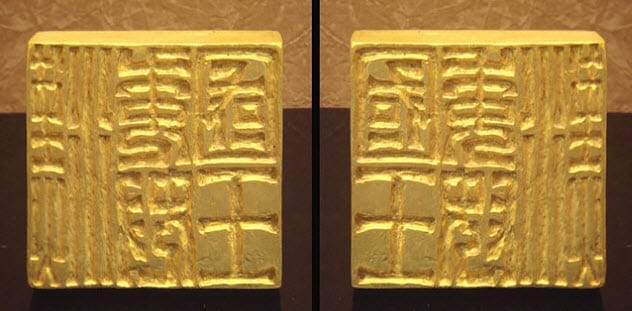
In 1784, a Japanese rice farmer repairing an irrigation ditch unearthed a shiny object: a solid gold seal. This seal turned out to be a relic gifted by Emperor Guangwu of Han to a Japanese emissary in AD 57. It marked the first encounter with Chinese characters in Japan, which were later adopted into the kanji script still used today.
Google Earth Unearths Roman Villa
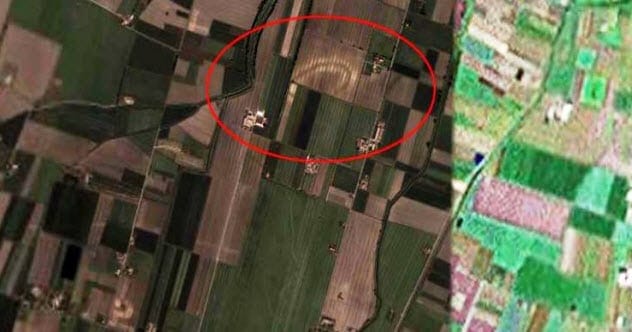
While casually browsing Google Earth, an Italian man spotted an unusual oval shape with strange shadows near his city. These shadows hinted at buried structures. His tip led to the discovery of an ancient Roman villa, proving that even modern technology can lead to remarkable archaeological finds.
The Golden Buddha: Revealed by Accident

For centuries, a Thai monastery housed a plaster statue of Buddha. In 1935, while moving the statue, workers accidentally dropped it, causing the plaster to chip off and reveal pure gold underneath. Removing the remaining plaster unveiled a massive, five-ton solid gold Buddha statue, now a celebrated treasure.
King Tut’s Tomb: Discovered by a Water Boy
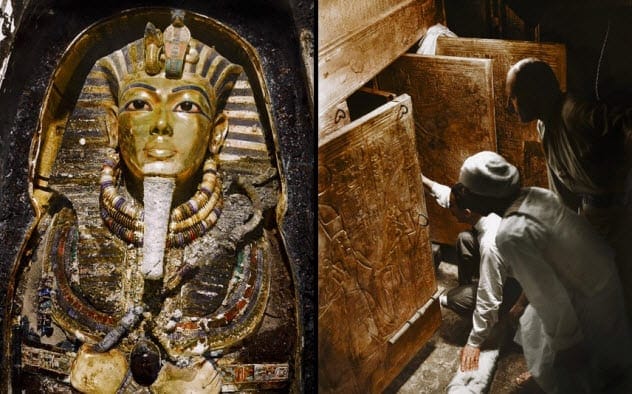
Howard Carter’s search for King Tut’s tomb was nearing its end due to lack of funding. However, a young water boy, bored and playing in the sand, stumbled upon a stone step. This accidental find led to the discovery of the legendary tomb filled with unparalleled treasures, changing the world of archaeology forever.
Terracotta Army: Dug Up While Digging a Well
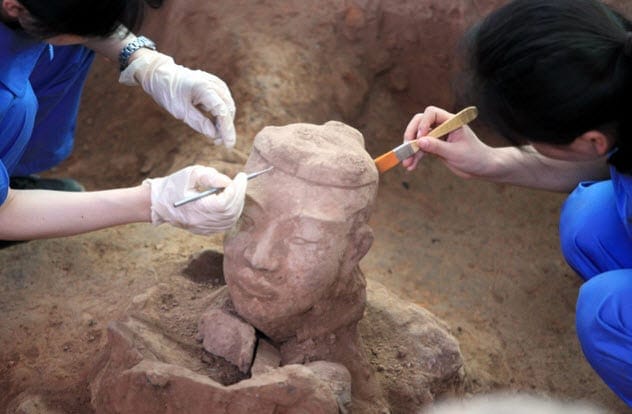
In 1974, a Chinese farmer digging a well unearthed a terracotta fragment. Continuing to dig, he realized it was part of a statue. This discovery led to the excavation of the Terracotta Army, a collection of thousands of life-sized clay soldiers buried with China’s first emperor, Qin Shi Huang.
Underground City: Uncovered During Home Renovation
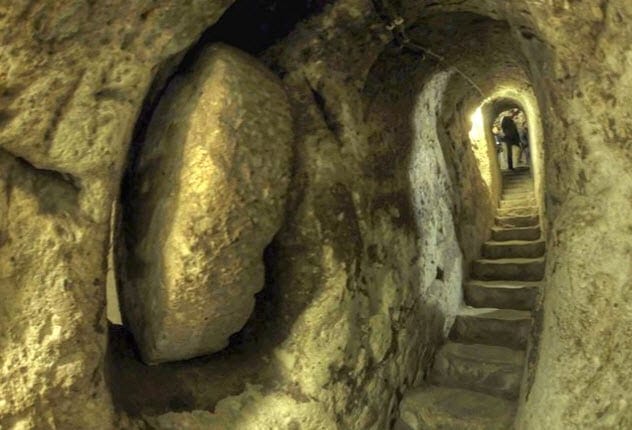
During a home renovation in Turkey in 1963, a man knocked down a wall and found a strange room. His curiosity led to the discovery of Derinkuyu, an ancient underground city capable of housing 20,000 people. Built by the Hittites between the 12th and 15th centuries BC, it served as a refuge during enemy raids.
Dead Sea Scrolls: Found by Wandering Herders
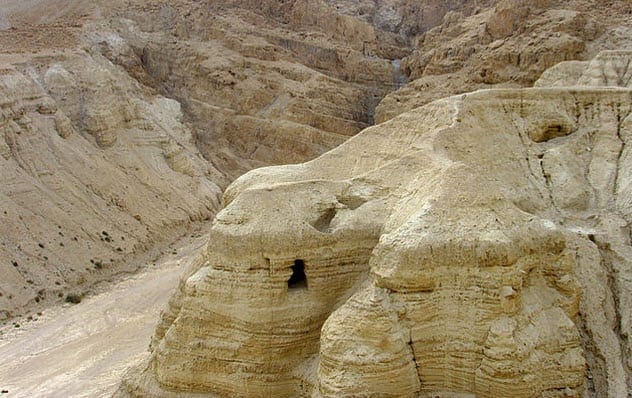
In 1947, Bedouin herders searching for a lost goat entered a cave and found jars filled with ancient manuscripts. These were the Dead Sea Scrolls, ancient texts of the Old Testament, one of the most significant archaeological finds in history. Initially sold for a mere $60, some scrolls later fetched $250,000 in the US, and the herders eventually earned a substantial sum for their collaboration with archaeologists.
Conclusion
These stories remind us that major discoveries can happen when we least expect them. Whether it’s a soldier building a fort, a hiker taking a shortcut, or a farmer digging a well, ordinary people have played a part in uncovering history’s greatest treasures.
What do you think about these accidental discoveries? Let us know in the comments below!










